Why is there mold on particle board outside vapor barrier on new addition?
I build a second story addition on 100 yr old double brick bungalow 3 years ago. In the second summer the second floor bedrooms start to have a musty smell, particular smell coming through outlets. We cut a square into the dry wall, pushed back the insulation, cut through the vapor barrier and found mould on the exterior particple board. The are no leaks in the roof, or water running down the exterior walls. We wonder whether the mould is caused by condensation between the vapor barrier and the particle board. The house had air conditioning going all summer. The mould is on the particle board on the south side of the house. I have had the building inspector and the builder look at the issue. Both of them could not determine the source of the problem, nor suggest how to prevent the problem. I am looking for a strategy to remediate the mould issue on the particle board. Thanks




















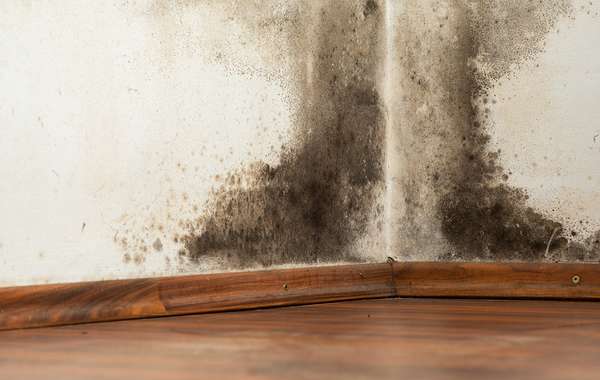
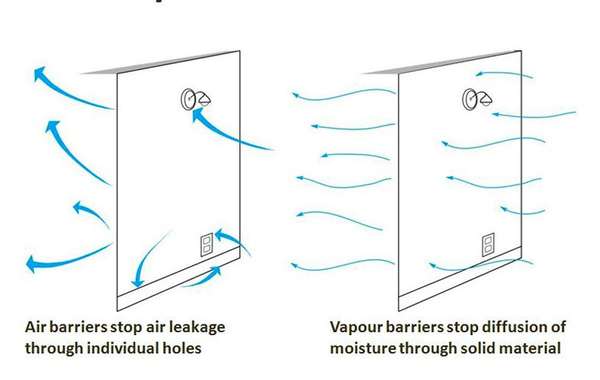
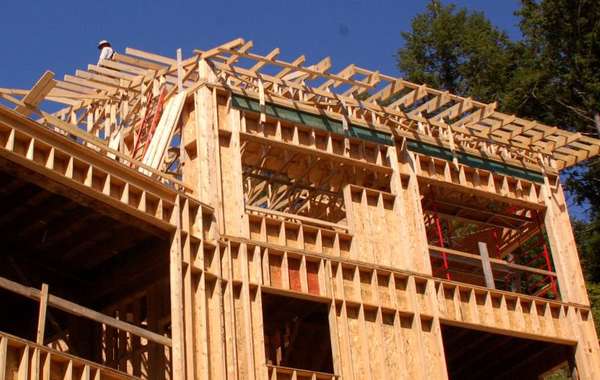
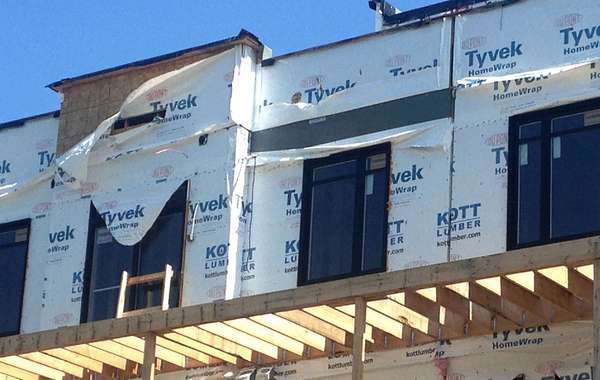
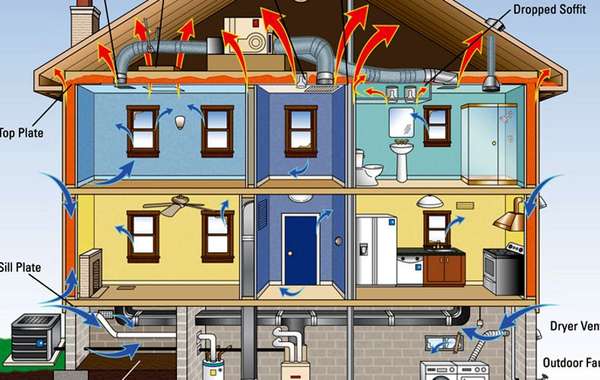


Newly constructed walls can be subject to moisture problems, as lumber usually arrives fairly wet and it often gets left in the rain before it is closed in and protected. I think part of your problem here is that you likely had wet lumber, and having OSB sheathing actually behaves like a vapor barrier, though this is not common knowledge in the building industry. Here is a page that will help you understand that part –
OSB or Plywood for Roofs, Walls & Floors, Which is better?
Making it impossible for moisture to escape on one side (vapor barrier) and difficult to escape on the other side (OSB) is likely part of the problem. The other thing at play here is the interior vapor barrier and air conditioning the space. Here is another important page to read –
Never Install Air-Conditioning in a Home with a Vapor Barrier
You will read there about how air conditioning in homes with vapor barriers can lead to moisture build up inside walls. So really, for now your best solution at least for this summer, would be to run the air conditioning as little as possible. In an ideal world you would create a path for moisture to escape, but there is no really easy way to do that if it is completely finished on the exterior as well. Let me know if this helps and we can help you explore further options.